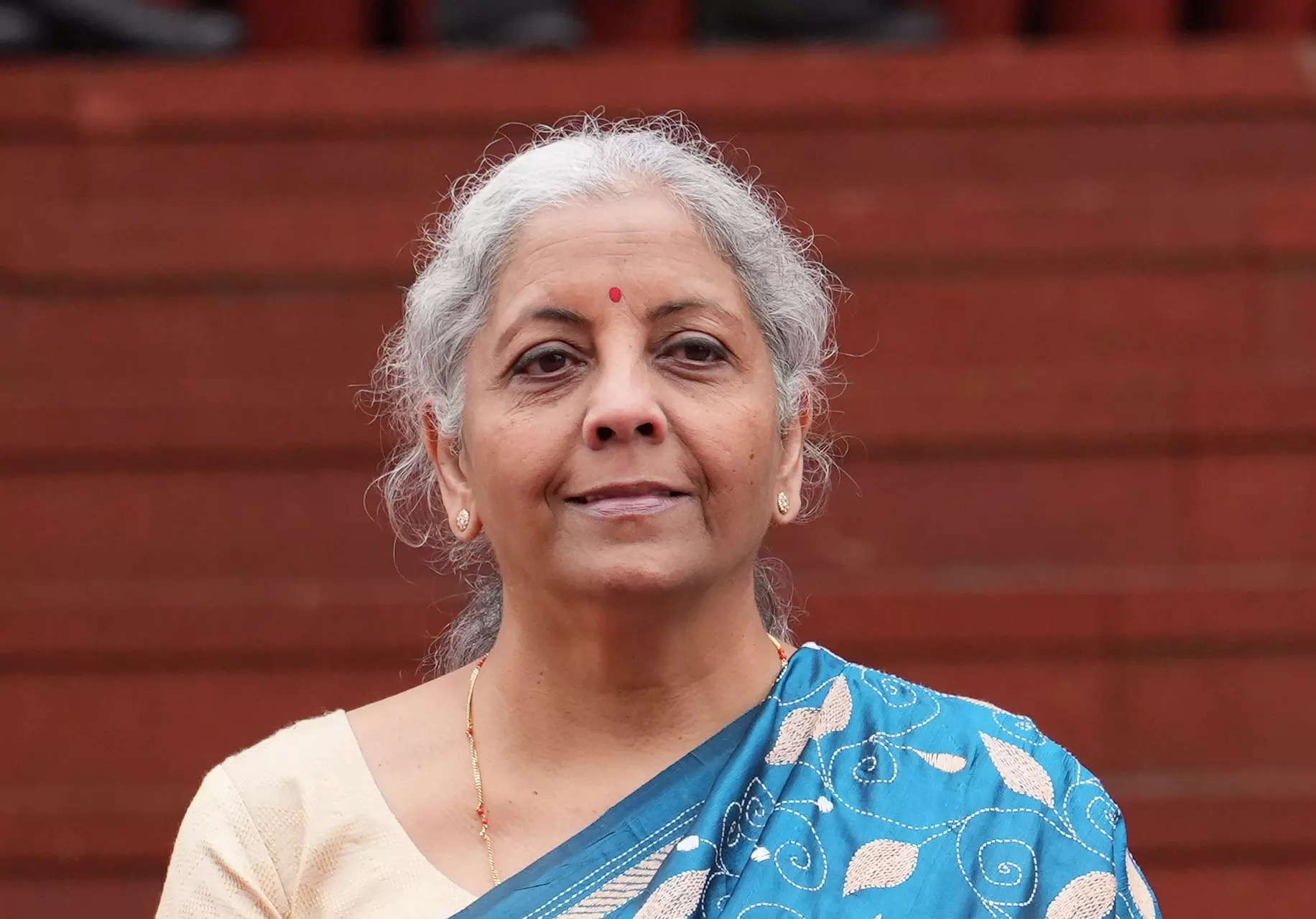“Our Government will expand and strengthen the e-vehicle ecosystem by supporting manufacturing and charging infrastructure. Greater adoption of e-buses for public transport networks will be encouraged through payment security mechanism,” said Sitharaman in the budget speech.
Charging which continues to be an issue for the EV industry also found a place in the interim budget by the Finance Minister.
In her speech, Nirmala Sitharaman said that “Entrepreneurship opportunities for a large number of vendors for supply and installation will be provided with employment opportunities for the youth with technical skills in manufacturing, installation and maintenance.”
In her previous budget last year, Sitharaman exempted capital goods and machinery required to manufacture lithium-ion cells for batteries used in EVs. Custom duty on lithium-ion batteries themselves were reduced from 21 percent to 13 percent on commodities except for textiles and agriculture. Subsidies on EV batteries were extended for another year.The government has been working at encouraging the adoption of electric mobility to reduce vehicular emissions and has set a target of 30% share for EVs in all new vehicle sales in the country by 2030. The share of EVs in the overall sale of vehicles remains low, ranging from about 2% in cars to 5% in two-wheelers.Currently, Phase II of the FAME India scheme is being implemented for a period of five years from April 1, 2019, with a total budgetary support of ₹10,000 crore. It is set to expire on March 31, 2024. The Centre had earmarked ₹895 crore for FAME I, which was in force from 2015 to 2019. This allocation was significantly ramped up to ₹10,000 crore in FAME II for 2019-24.In May 2023, incentives under the FAME II programme were lowered to ₹10,000 per kilowatt hour and capped at 15% of an electric two-wheeler’s ex-factory price.
This move was intended to ensure that the budgetary allocation for the scheme would not dry up before achieving the goals spelled out under the programme.
FAME II aimed to subsidise 1 million electric two-wheelers (E2Ws), 500,000 electric three-wheelers, 55,000 electric four-wheelers, and 7,090 electric buses. The scheme has been successful in achieving goals for E2Ws and buses. But the implementation was marred by alleged instances of companies not adhering to localisation commitments and getting subsidies under the scheme.
The Ministry of Heavy Industries (MHI) has disbursed ₹5,228 crore in subsidies for about 1.15 million electric vehicles sold till December 1, 2023, under FAME II.
India’s electric vehicle market is expected to grow to 1 crore units in annual sales by 2030 and create five crore direct and indirect jobs, according to the Economic Survey 2022-23.
(You can now subscribe to our Economic Times WhatsApp channel)


